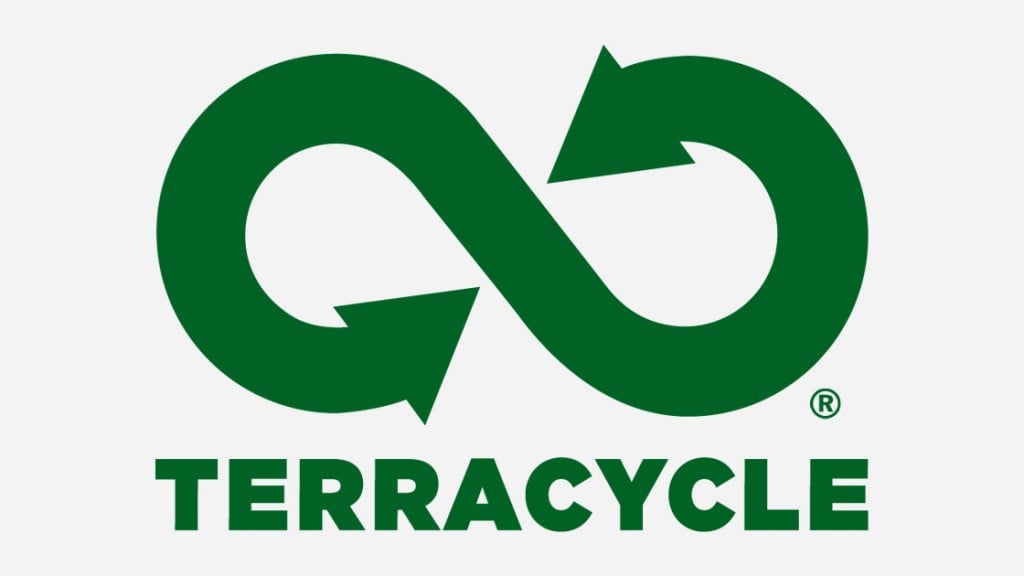Refill revolution
Striving to make the bathroom greener

Taking care of our bodies results in an exorbitant amount of trash. Hand soap, lotion, deodorant, body wash, sunscreen, shampoo and conditioner are just some of the products that are typically sold in plastic bottles. Hair removal requires cans of shaving cream and plastic razors; and teeth brushing utilizes a plastic tube and a plastic brush. Cleaning clothes and bathroom surfaces requires even more containers. And not to mention a full face of makeup can garner the use of anywhere from a couple items to an armory of tubes, bottles and non-recyclable containers.
While recycling bins are frequently found in the kitchen, they are often forgone in the bathroom. And for good reason, the packaging on many bath and body items isn’t accepted by mainstream recycling programs. But as stores like Boulder’s Refill Revolution provide a more sustainable way to purchase body care items from bulk supplies, and recycling operations like TerraCycle begin offering alternative methods to recycle bathroom products, it’s giving people more options to make their hygiene routines environmentally friendly.
Refill Revolution owner, Brittney LaGesse opened her store in October 2017. She was committed to living a low-waste lifestyle and wanted to open a storefront to continue her vision and serve as a meeting place for people interested in sustainable living.
“When you’re first starting, it can be really overwhelming. You run into a lot of things at first where you’re like, ‘I have no idea what to do about this,’” she says. “For me, [the biggest challenge] was not having a local community to reach out to. … And [the store is] a really good place for people who are starting, so that we can all share ideas for a low-waste community.”
Like the bulk food bins you’d find at grocery stores, Refill Revolution offers the same model for lotion, shower gel, laundry detergent and more. Customers can bring in their own reusable containers and reduce the amount of new plastic brought into the home. LaGesse also provides products with more sustainable packaging, such as lip balm and deodorant in paper tubes, or alternative options such as toothpaste in tablets and powder.
While LaGesse is a proponent of low waste, she doesn’t tout perfection when it comes to being environmentally conscious. She realizes the idea of creating no waste is close to impossible.
“I’ve always wanted to bring something different to the movement. You don’t have to be perfect; you’re literally not going to be,” she says. “We’re just there to make it easier, and even if you want to make just a few changes that’s totally fine. I wish I had someone to tell me that, because initially you feel a lot of pressure. You see a lot of pictures of trash in a mason jar, and that’s really not realistic.”
Moreover, she doesn’t believe people should give up on the items they love. She recognizes people have products that suit their preferences, and she says go ahead and use them. There are cosmetics and bath products that are recyclable, and it’s important to not skip tossing those items in the recycling bin. And for the items that aren’t normally accepted in municipal recycling programs, there are other solutions.
Through its Zero Waste Box program, New Jersey-based TerraCycle offers collection boxes for products from shampoo bottles to cigarette butts to K-cups. The boxes are available through their website and drop-off locations, including Refill Revolution, which carries many of TerraCycle’s boxes including a beauty and cosmetic box. Fill the box and ship it to TerraCycle, which will then recycle the items into new products. TerraCycle also partners with several big brand names that sponsor boxes and cover shipping, creating no cost for the consumer.
Alex Payne with TerraCycle says the Zero Waste Boxes help to eliminate “wish-cycling,” when people toss items they wish were recyclable into the bin. He believes TerraCycle serves as a bridge between what is convenient for consumers to recycle and what they want to recycle. But instead of just tossing an item in and hoping for the best, the Zero Waste Box program gives peace of mind
“It’s almost like psychic income,” he says. “Knowing that your actions as a consumer aren’t a detriment to people in other countries or animals in their natural habitat — just knowing that really helps.”
Through her store and TerraCycle drop-off boxes, LaGesse wants to arm the community with easy-to-take steps to go green. She believes with everyone contributing a small amount, a big impact can be made. Her biggest advice is to do what you can.
“Start with a few things, otherwise you’re going to get really overwhelmed and get stressed out and you’re going to give up,” she says. “I think most people are the most successful that way, starting with some easy switches. Then go from there and see what you can do and what you want to do to reduce your waste.”

